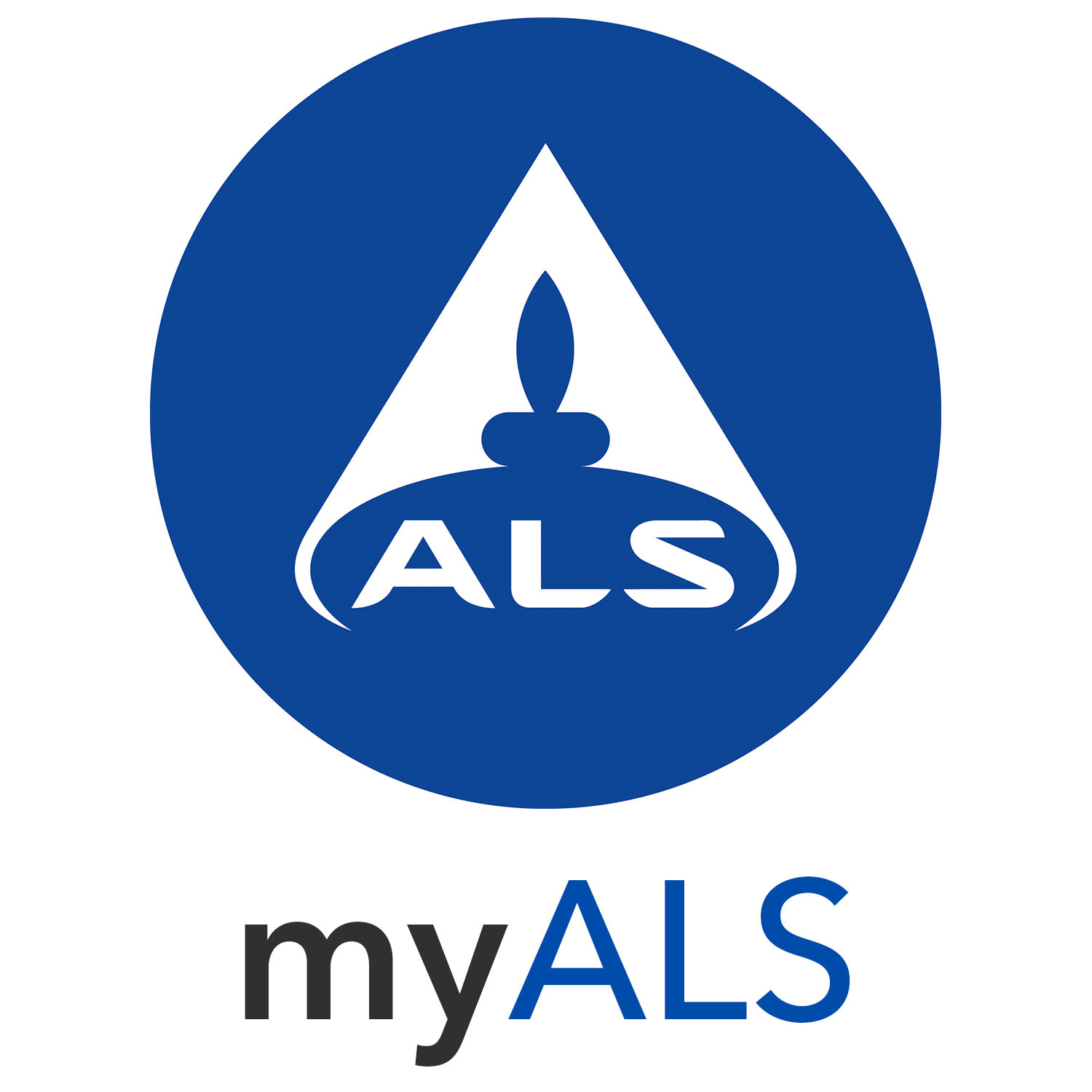Haloacetic Acid and Dalapon analysis by LC-MS/MS Technique
Mar 3, 2021
 ALS Environmental are proud to introduce a new Haloacetic acids and Dalapon test method for drinking waters, using LC-MS/MS triple quadrupole instrumentation to achieve trace level detection limits with near-zero chance of false positives.
ALS Environmental are proud to introduce a new Haloacetic acids and Dalapon test method for drinking waters, using LC-MS/MS triple quadrupole instrumentation to achieve trace level detection limits with near-zero chance of false positives.
This new method raises the bar for ease, robustness and data quality over traditional test methods that use single quadrupole GC-MS. The new LC-MS/MS technique at our drinking water ‘centre of excellence’ laboratory in Wakefield, is fully ISO 17025 and DWTS accredited under method WPC75.
To view our latest accreditation please click here.
In the UK, there is an increased focus on the analysis of Haloacetic acids derived from their risk as potential human carcinogens and their inclusion in the updated EU Drinking Water Directive.
Water disinfectants, such as chlorine, are used to protect public health. They attack, deactivate and kill all sorts of micro-organisms that could threaten water consumer health. Disinfection is a major factor in reducing health risks from pathogens, however disinfection is a double-edged sword. Disinfectants themselves can react with organic materials in water to form unintended disinfection by-products which pose health risks, e.g. Haloacetic acids.
Common methods for the analysis of Haloacetic acids require either sample preparation or derivatisation with determination by GC-MS or by direct injection onto an ion chromatography-MS(/MS) system. ALS have developed a direct injection method with low injection volume utilising reversed phase liquid chromatography coupled to a tandem quadrupole mass spectrometer. This approach eliminates the need for either sample preparation and/or derivatisation or the risk of potential analyte losses associated with each. The method also removes the need for the addition of ion chromatography separation systems.
The sensitivity of this optimised direct aqueous injection LC-MS/MS triple quadrupole method easily meets the lowest standards and guidelines for Haloacetic acids in drinking water.
Click here to download our Method statement
Data Quality Benefits of LC-MS/MS
Traditional single quadrupole GC-MS provides good sensitivity and good selectivity from common interferences found in surface waters or drinking waters, but where ultra-trace detection limits are required LC-MS/MS gives the most reliable results using the smallest possible sample size.
Sample Considerations
Water samples for the Haloacetic acid method should be collected using 250 ml coloured glass sample bottles preserved with ammonium chloride (ALS bottle code STL430). Stability time for this analysis is 10 days from sampling.
If you would like more information on our Drinking Water analytical service offering, including Haloacetic Acids or for any other enquiry, please call us on 024756 421 213 or Contact us


